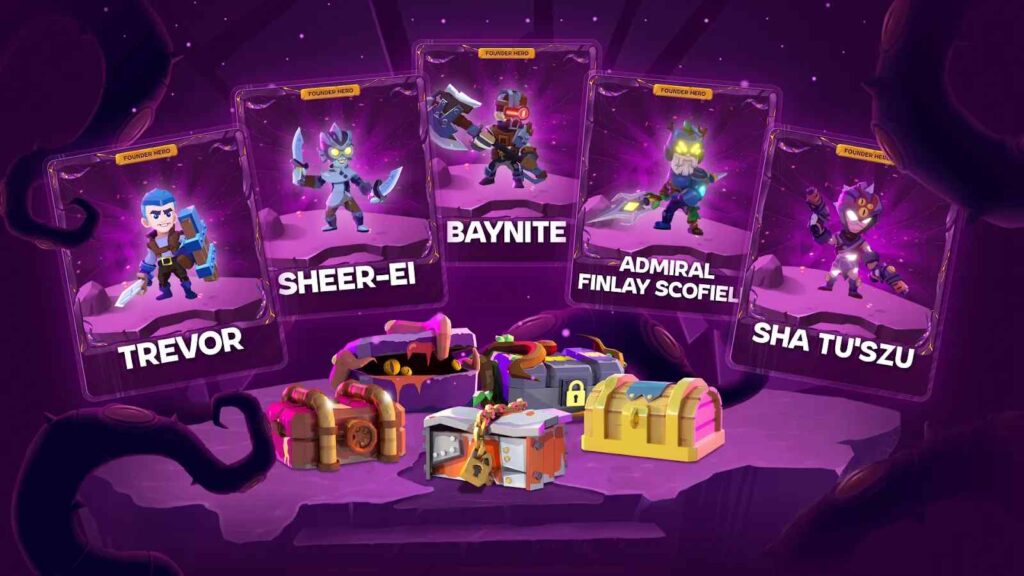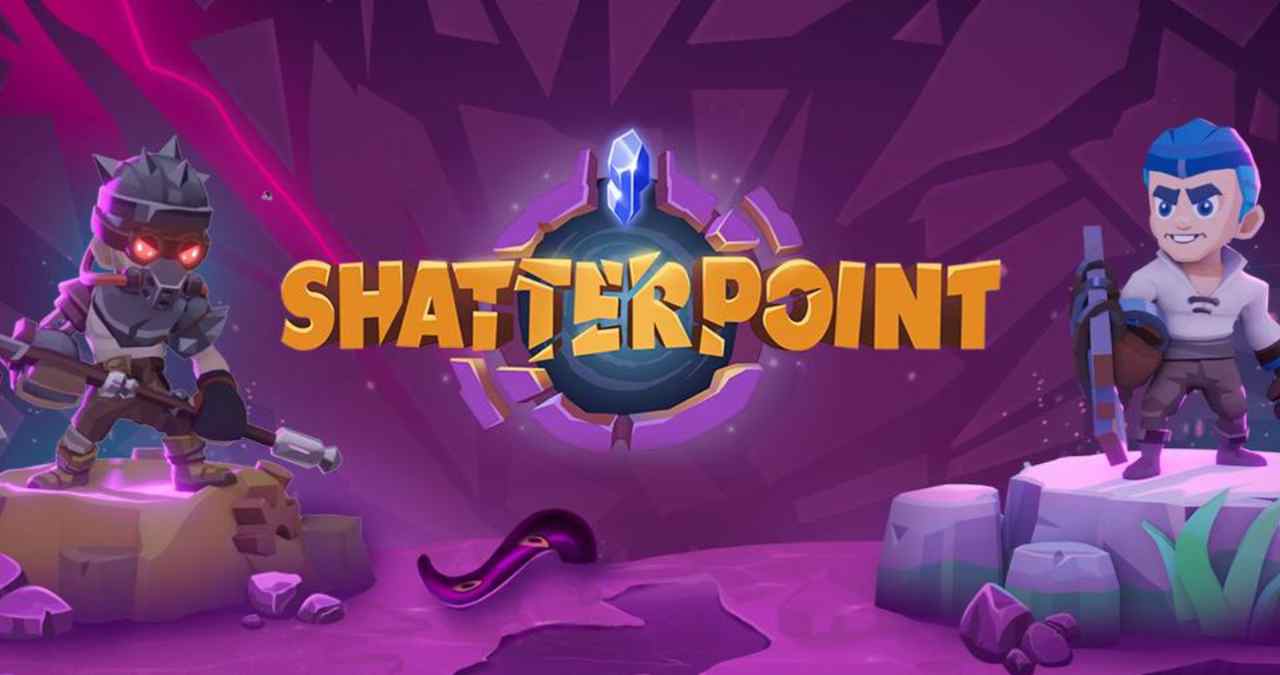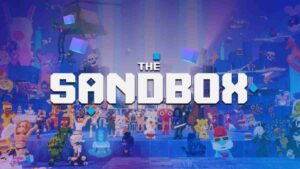Shatterpoint has moved into its first official season, giving players a more defined structure after months of early testing. The mobile-focused action RPG, built with blockchain integration, now offers seasonal rewards and progression paths designed to keep competitive play consistent.
Unlike traditional RPG rollouts that rely on narrative content drops, Shatterpoint leans on a seasonal format closer to what free-to-play competitive games use. This marks an effort to merge action combat with the longer-tail engagement loops familiar to battle pass systems and ranked ladders.
Core gameplay loop
At its heart, Shatterpoint revolves around real-time combat with collectible heroes, each carrying unique abilities and stat growth. Players move through PvE encounters and PvP battles while gradually improving their roster. Combat is closer to arcade-style brawling than turn-based tactics, keeping the pace fast and accessible.
Season 1 adds more structure to how progress is tracked. Characters now develop across ladders that determine placement and rewards. This competitive layer sits on top of the standard PvE grind, creating two overlapping motivations: build stronger heroes and climb seasonal ranks.

Seasonal rewards and incentives
The standout feature of this first season is the layered reward system. Performance in ranked ladders leads to cosmetic and asset-based prizes, while daily and weekly goals provide steady incentives. The design clearly borrows from mainstream competitive titles where rewards reinforce ongoing participation rather than one-time unlocks.
Because this is a Web3 title, some rewards also extend into asset ownership. Seasonal outcomes can translate into NFTs or tokens tied to the game’s ecosystem, which makes performance more persistent than in traditional mobile RPGs. That adds a financial dimension but also raises questions about balance between competitive fairness and asset value.
Web3 layer and long-term direction
Shatterpoint is positioned as a blockchain-enabled title where character ownership, seasonal items, and progression rewards exist as tradeable assets. The developers are framing this season not only as content but as infrastructure: setting the foundation for how future events and prize pools will be structured.
This approach reflects a broader Web3 strategy where games try to blend conventional progression systems with on-chain permanence. Whether this keeps players engaged long term depends on execution. The first season is less about narrative expansion and more about testing whether its mix of competitive structure and asset-based rewards resonates with its community.
Web3 Analyst & Play Blockchain Games Guide
CryptoKit breaks down Web3 gaming like it’s second nature. From tokenomics to airdrop strategies, she turns blockchain chaos into clear, actionable advice for players who want to win more than XP.




